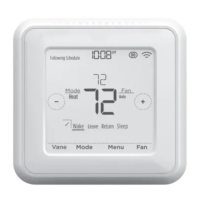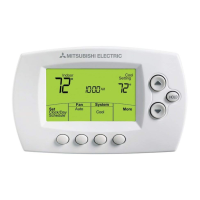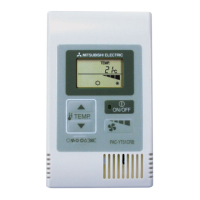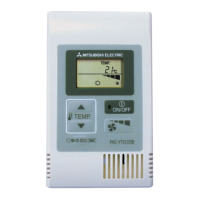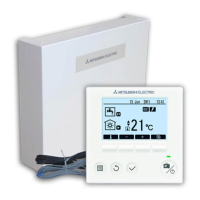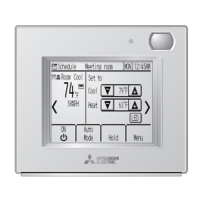Chapter 9
179
Logic programming – Function blocks
Pay attention to the accuracy of the monitoring!
The minimum duration for the pulse duration t
high
and the minimum duration of the
space between pulses t
low
on the pulse generator signals must be greater than the
logic execution time. Otherwise there is a risk that an increased frequency (shorter
period duration) will not be detected, because all signal changes are not measured.
Limits for reliably valid signal
The limits for the average period duration that a signal must meet to be evaluated as
a valid signal are tighter than the limits selected with the parameters. The effective
tighter limits are always the next multiple of the logic execution time. The average
period duration means here that although the individual periods of the signal may
have outliers (jitter), these outliers must be compensated over several periods.
Limits for reliably invalid signal
The limit for the average period duration that a signal must exceed to be evaluated
as an invalid signal corresponds to the tolerance for the related parameters. On this
subject see chapter 9.6.
Essentially, this means that a static low or high is detected as an invalid signal at the
latest after max. period duration + logic execution time + 10 ms. The response time
of the signal path used is increased by this amount.
If the average period duration of the signal is greater than the limit for a reliably valid
signal, but lower than the limit for an reliably invalid signal, then it can take several
periods until the deviation has accumulated adequately such that an invalid signal is
then evaluated:
Number of periods = (logic execution time + 10 ms) / (real averaged period
duration– effective limit for reliably valid signal).
Logic
execution
time
Set parameters Effective limit
Min. period
duration
Max. period
duration
Min. period
duration
Max. period
duration
4 ms 120 ms 160 ms 120 ms 160 ms
12 ms 120 ms 160 ms 120 ms 156 ms
32 ms 120 ms 160 ms 128 ms 160 ms
In the following description the “x” in the signal names signifies either 1 or 2, i.e. the
index for one of the two separate monitoring functions in the function block. The
function block can detect the following invalid signals:
(1) The period duration measured is too short: The time between the rising
edges or between the falling edges on the Frequency x input is less than Min.
period duration. This monitoring starts with the first rising edge after the
transition from the Stop state to the Run state.
(2) The period duration measured is too long: The time between the rising edges
or between the falling edges on the Frequency x input is greater than Max.
period duration. This monitoring starts with the first rising edge after the
transition from the Stop state to the Run state.
ATTENTION
Table 79:
Examples for effective
limits for the period
duration
Note

